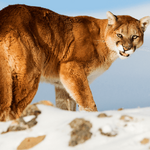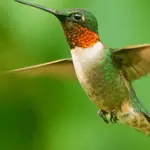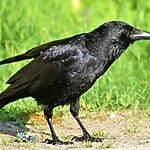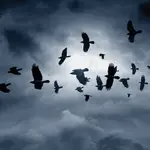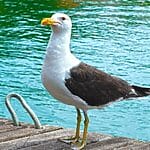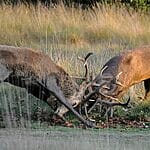If you’re a keen bird watcher then you’re most likely always on the lookout for new fascinating bird-watching destinations to visit and tick off your bucket list!
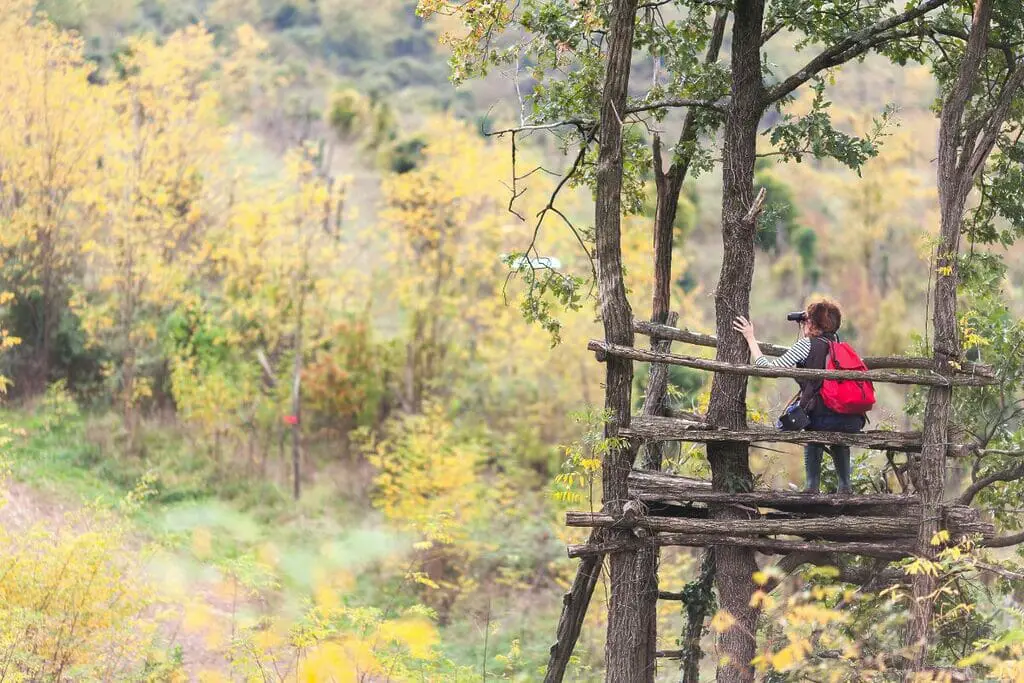
No matter where you go in the world there are always beautiful birds to spot, and these locations hold the potential for marvelous adventures!
But where do you begin? Read on to learn about the 4 best bird watching sites in the world you might not know about!
Isle Of May, Scotland
Located on the east coast of Scotland, the Isle of May is a paradise for birds – particularly the adorable puffin! To get there, you can sail from Anstruther, a fishing village in the East Neuk of Fife. They take you to the island so you can spend a few hours exploring there!
As an essential National Nature Reserve you must follow the paths that wrap around the island. This is because puffins go underground to lay their eggs and have their babies (known as pufflings) and it’s crucial they are not disturbed.
From April to mid-August puffins call this island home, and you can even get close enough to see for yourself how they huddle together on the edges of cliffs and duck and dive into the waters below to get their food.
The Isle of May is only small (1.5 km long) so a couple of hours is plenty of time to explore the island, take a rest and enjoy a picnic, and spend some time viewing and taking pictures of the birds.
You don’t just get the chance to see puffins on the Isle of May. The island is also home to massive colonies of guillemots, razorbills, and shags, so when you step off the boat you’ll be greeted by the sound of birdsong.
You can also see the seals on your way to the island. If conditions are calm during your voyage the boat will even sail around the island so you can witness views of the island from the water.
Playa Larga, Cuba
Playa Larga in Cuba is home to the Cienaga de Zapata National Park, and is heaven for nature lovers. It contains beautiful coral reefs, thick mangrove forests, swampy grasslands, canyons that are underwater, and sprawling wetlands.
This diverse ecosystem is home to flocks of flamingos, and 28 birds that only live in Cuba. Some birds are hard to spot – according to when you visit – but you can often see at least 10 to 15 colorful birds at Playa Larga.
On a 3-hour walk as the sun comes up you can see the tiny bee hummingbird, the colorful Cuban tocororo, the friendly Cuban tody, the Cuban parrot, and the Cuban pygmy owl.
You can organize tours in the Zapata National Park Office in Playa Larga, and be taken to the park with a guide who is an expert at bird spotting!
Ngorongoro Crater, Tanzania
The Ngorongoro Crater in Tanzania is one of the best places to see a variety of bird species.
There are literally hundreds of bird species to witness here like the African bustard that can grow to over 3 feet tall, the stunning crowded crane, and thousands of guinea fowls, kite birds, ostriches and pink flamingos.
What makes the Ngorongoro Crater special is the fact that all the animals live together and stay there for the rest of their lives. The low grass also makes the wildlife easier to spot!
There are over 30,000 animals living in this pretty small area and it feels like something out of a storybook!
The crown crane is definitely the highlight of the safari. They are one of the most beautiful birds in the world and it’s unsurprising that Uganda chose them to be their national bird.
Sanibel Island, Florida
Sanibel Island is in Southwest Florida and is a beloved spot for bird-watchers and nature-lovers for a variety of reasons. It has stunning beaches filled with millions of seashells, making it one of the best places in the world for shell collecting.
Plus, it is also home to the famous Sanibel Island Lighthouse that was built in 1884 and can be found in the National List of Historic Places. The City of Sanibel also passed rules on development in the 70s that protects the island from intrusive development.
No buildings larger than the trees can be built here, and chain restaurants (apart from the two restaurants that were already built by the 1970s) are also prohibited from being built here. Almost two-thirds of the island’s 33.25 square miles are protected by wildlife refuges.
One of these refuges is the J.N. Ding Darling National Wildlife Refuge, and is one of the biggest and famous refuges in the national park. It encompasses 5,200 acres and contains one of the biggest undeveloped mangrove ecosystems in the country.
The refuge is named after Jay Norwood ‘Ding’ Darling, a political cartoonist and conservationist. He established the Federal Duck Stamp Program and was the designer of their first stamp.
He was also asked by Franklin D Roosevelt to be in charge of the U.S. Biological Survey, and he was also the founder of the National Wildlife Federation.
He also promoted the necessity of establishing an organized network of nature sanctuaries that are now called the National Wildlife Refuge System.
Ding was also a massive fan of birds, and the refuge in his name is a famous destination for birdwatching.
Biking, driving or hiking the 5 miles of road winding through the refuge is essential as it reveals an incredible range of birds including anhingas, cormorants, egrets, myriad herons, osprey, and bright pink roseate spoonbills.
Viewing these birds feasting in waters as the sun goes down is an amazing experience. The beautiful colors of the water are breathtaking and inspire wonder and reverie.
Final Thoughts
We hope our pick of the 4 best bird watching sites has inspired you to book a vacation for one of these beautiful locations. You won’t regret it!


